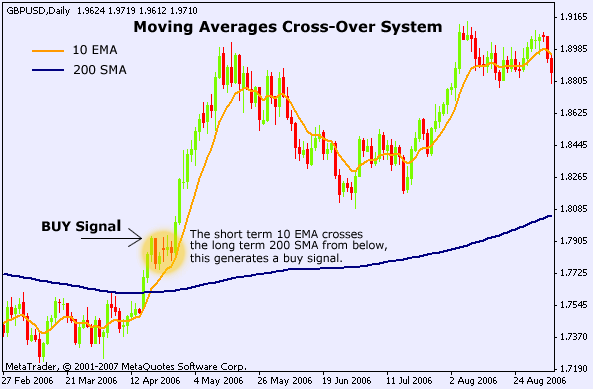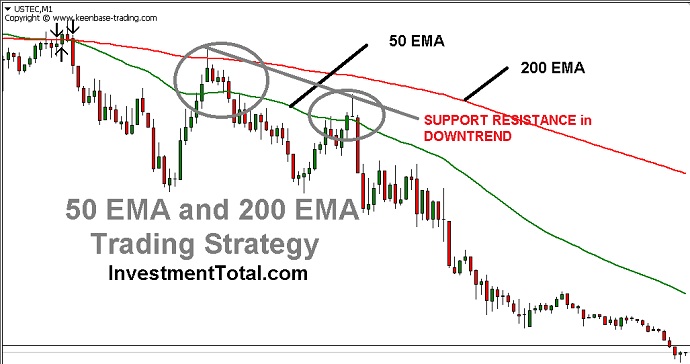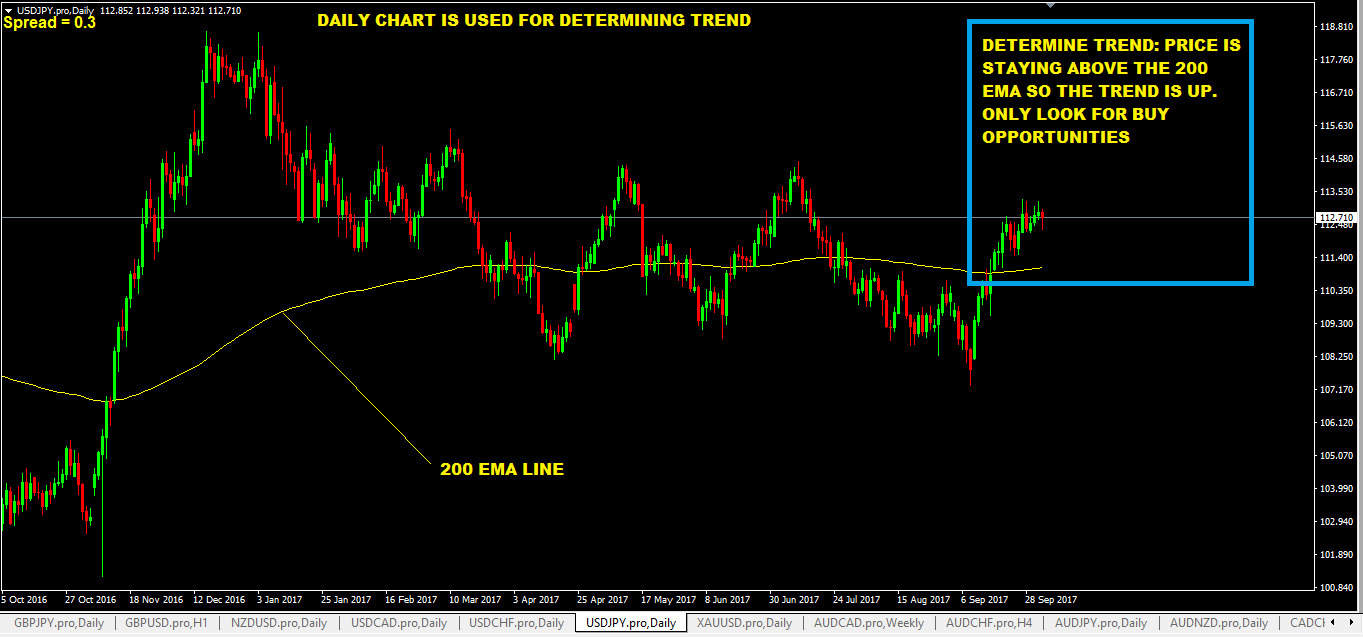

There are endless possibilities when it comes to moving average.

Well, there’s no best moving average out there because it doesn’t exist (as it depends on your objective current market structure).īut in a healthy trend, the 50 day moving average is king.Īnd that’s what you’ll discover in today’s post, so read on… What is 50 day moving average and how does it work? “What is the best combination of an EMA trading strategy?” You’ve got the 50 day moving average, 100 day moving average, 200 day moving average, etc. The Moving Average (MA) is a technical indicator that averages out the historical prices. So, the average price over the last 5 days is: Over the last 5 days, Google had a closing price of 100, 90, 95, 105, and 100. This means the 5 day moving average is currently at $98Īnd when you add these 5 period MA values together, you get a smooth line on your chart.Īll you need to do is add the closing price over the last 50 days and divide by 50, that’s it. Of course, you don’t have to do it manually because all trading platforms allow you to add the 50 day moving average to your chart.Īnd here’s how it looks like: A 50 day moving average on the chartĪ Golden Cross occurs when the 50 day moving average crosses above the 200-day moving average.
#50 and 200 ema strategy how to#
How to use the 50 day moving average and identify profitable trading opportunities Buy when the five-period EMA crosses from. Now, this EMA trading strategy is useful when the market is in a range or a weak trend.īut what if the market is in a trend like this? Most traders are familiar with buying Support and selling Resistance. Plot three exponential moving averagesa five-period EMA, a 20-period EMA, and 50-period EMAon a 15-minute chart. The market doesn’t re-test Support and if that’s what you’re looking for, you’ll be on the sidelines for a long time (while the market continues higher without you). Is there a 50 EMA trading strategy for it? So, how do you trade in such a market condition? They used a total of 300 years worth of daily and weekly data from 16 different global indices to determine which two moving averages would have produced the largest gains for crossover traders.įirst, ETF HQ found that exponential moving averages (EMAs), which weight most recent prices heavier than earlier prices, perform better overall than SMAs, which weight all prices in the timeframe equally.Īmong short- and long-term EMAs, they discovered that trading the crossovers of the 13-day and 48.5-day averages produced the largest returns.(Also, it’s normal for the price to exceed the 50 MA as we are identifying an area of value, not a specific price level.)Īnd after the price re-tests the 50 day moving average, you can use reversal candlestick patterns (like Hammer or Bullish Engulfing Pattern) to time your entry.įor now, let’s move on… How to use the 50 day moving average to ride massive trends (and not get stopped out on minor pullbacks) Let’s look at the same chart earlier but this time, overlay with the 50 day moving average… Well, you need to find a new area of value - and that’s where the 50 day moving average comes into play. The 50 EMA strategy is a technical analysis trading strategy that uses the 50-day EMA to identify the direction of the trend and to generate buy and sell.

The 50-day and 200-day SMAs are conventionally used in determining crossovers, but are they the best averages to trade? ETF HQ tested a massive number of combinations of moving averages to determine which two averages generated the highest crossover trading returns. This second scenario played out with the Dow this week when the 50-day SMA crossed below the 200-day SMA. Also, the long term positioning of EMAs helps avoiding whipsaw trades (whether 14/50 EMA are above or below the 200 EMA on the daily chart). The idea behind trading crossovers is that a short-term moving average above a long-term moving average is an indicator of upward momentum in a stock, and the opposite is true about a short-term average trading below a long-term average.


 0 kommentar(er)
0 kommentar(er)
